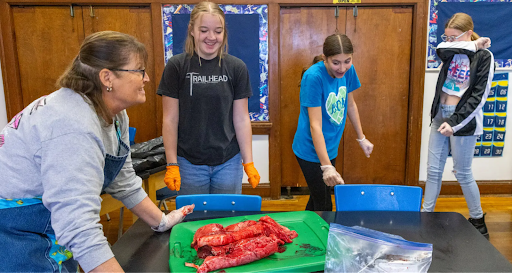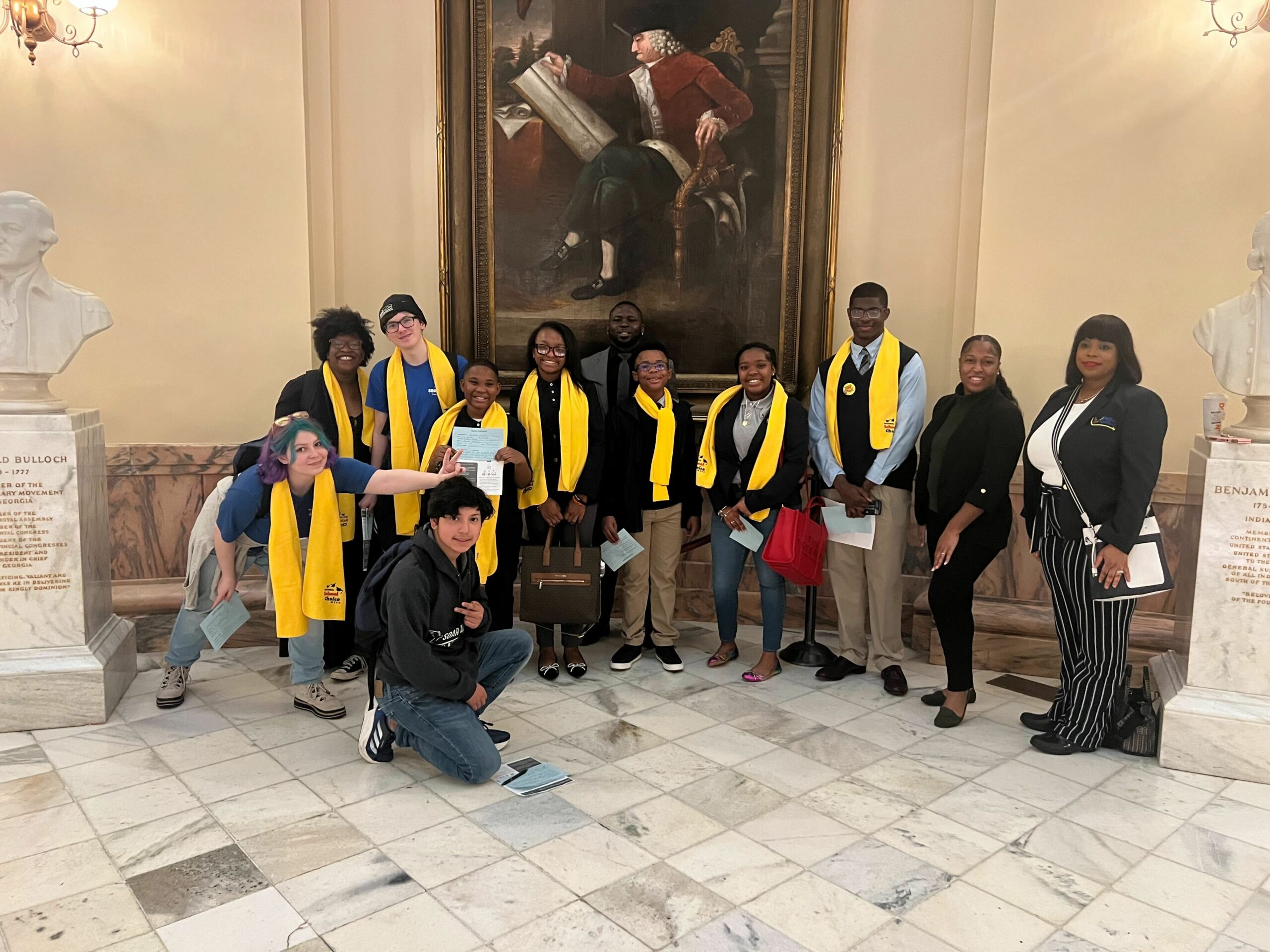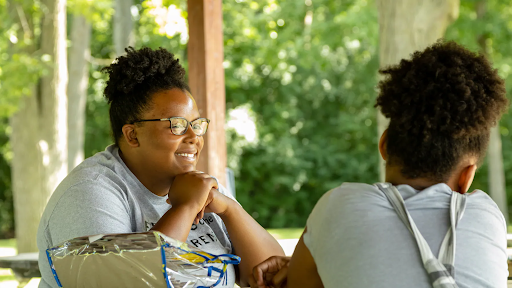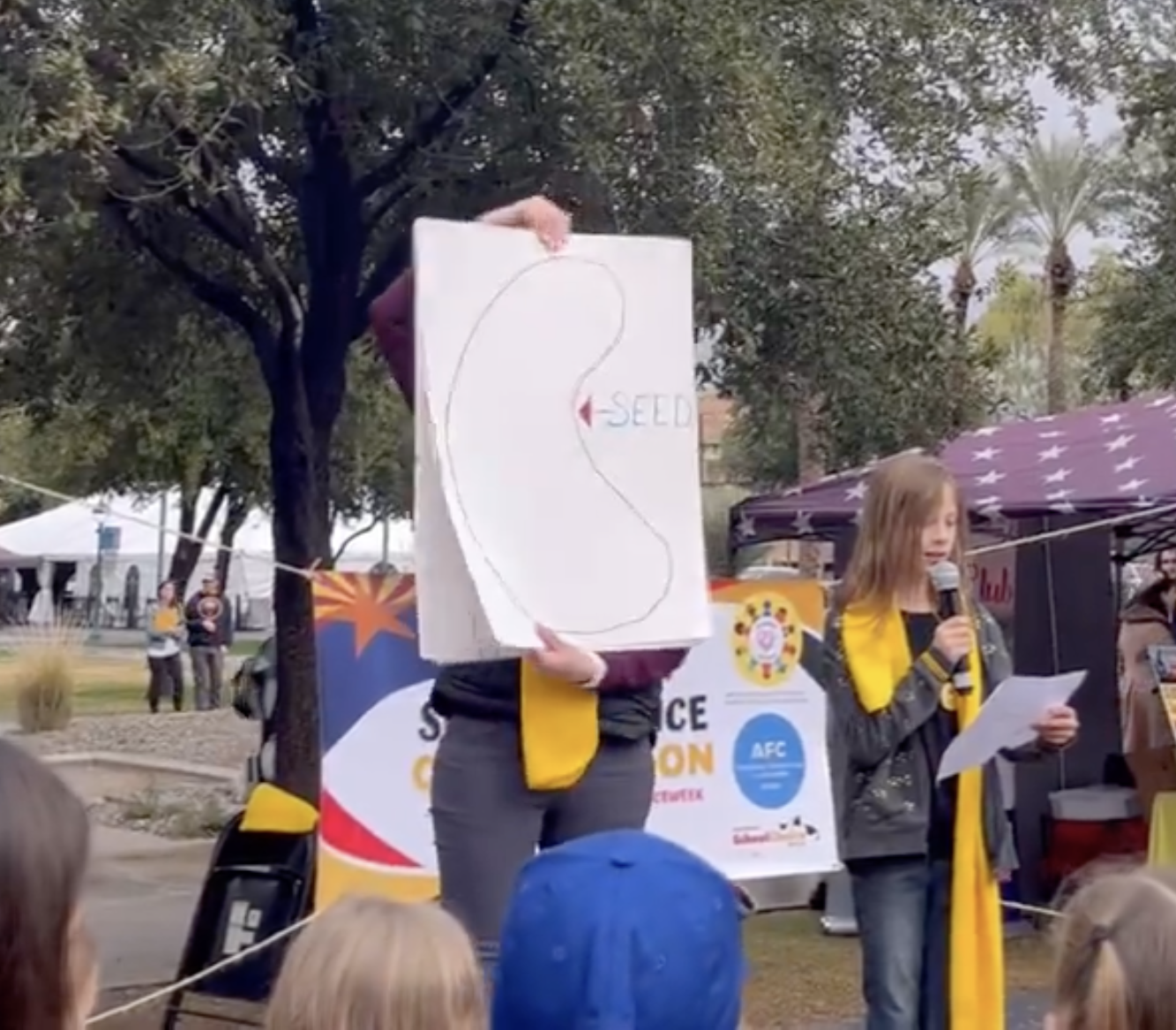Jump to: Top Tasks | From the Field | Key Resources | Moments of Resilience
Today is the second week of a new educational reality in America. Here is where things stand: 46 states have decided to close schools, resulting in over 110,000 public and private school closures affecting 53 million students. Many state exams have been cancelled and many other states are requesting testing waivers. In a harbinger of what is likely to come, the California governor has stated that he anticipates school buildings will not reopen this school year.
There are so many things happening in education all at once it can feel overwhelming to just try and keep up. To help navigate this tidal wave of information, each Monday our team at 50CAN will be sending out The New Reality Roundup newsletter. We’ll strive to find the key facts you need to know, dig into the policies and programs under debate, elevate stories of parents, students and educators and highlight the indispensable resources that can help you help those most in need.
SUBSCRIBE
TOP TASKS
Feeding Students
This week our top tasks are meeting the immediate needs of our students and their families: making sure kids are fed and that they are connected online to their teachers and schools.
“Nearly 30 million children in the U.S. count on schools for free or low-cost breakfast, lunch, snacks and sometimes dinner — but most of those children are now at home,” reported NPR on Friday. The result is an unprecedented scramble to try to stand up emergency food distribution systems in districts across the country.
A number of cities–including New York, Atlanta and Washington, D.C.–have adopted a “grab and go” model, which involves the creation of pre-packaged meals that are available for families at specific pick-up spots around the city.
However, this approach puts the burden on families to navigate their way to these spots regularly, sometimes without an easy transportation option. That’s why places like Loudoun County in Virginia and Wayne Township in Indiana have repurposed their now dormant bus system into a meal delivery service.
Yet, in a reminder of the challenges in this new reality, the plan to deliver 15,000 meals a day to students in Memphis, Tennessee was halted on Friday when one of the school employees involved in the effort tested positive for COVID-19.
THE TASK OF THE WEEK IS
Getting Students Online
“Every elementary school student in Glastonbury was sent home with an iPad on the day Connecticut’s governor declared a ‘public health emergency’ to blunt the spread of the coronavirus,” reported The CT Mirror. “On it were all the learning platforms students would need to resume learning online. Students without internet access at home were provided a connection by the district.” By contrast, in Bridgeport, one of Connecticut’s poorest districts, “some children were sent home with worksheets” while many “went home empty-handed.” In this time of emergency, a district with a per capita income $71,709 could respond quickly to get their students online while a district with a per capita income of $19,854 was left behind.
While districts like Virginia’s Loudoun County led the way with an emergency order of 15,000 Chromebooks to get students online and the state of South Carolina announced an innovative plan to convert 3,000 school buses into mobile hot spots to bring Internet into rural areas, other places around the country made the baffling decision to try and stop the move to online instruction all together. “Kentucky’s largest district, Jefferson County Public Schools, is specifically not moving to online learning because of equity concerns,” reported USA Today.
Similarly, the Detroit Free Press reported that on Friday the Michigan Department of Education decided that students getting online instruction “during the coronavirus shutdown won’t be able to count it toward their required annual instructional hours.” On Saturday, the US Department of Education sought to put a stop to the growing trend of limiting online instruction in the name of equity with a supplemental fact sheet: “No one wants to have learning coming to a halt across America due to the COVID-19 outbreak, and the U.S. Department of Education (Department) does not want to stand in the way of good faith efforts to educate students on-line.”
THE TASK OF THE WEEK IS
FROM THE FIELD
“She skipped breakfast and lunch, taking her first bite of food — food-pantry fried chicken — at about 5:30 p.m. All she consumed from the time she awoke that morning until she ate dinner were sips from a cherry Dr. Pepper,” writes Manny Fernandez in the New York Times. The story of Summer Mossbarger, a disabled Army vet struggling to feed her children in a world turned upside down, echoes the countless stories our teams are hearing from the parents they work with in communities across the country.
In response, we have retooled plans to activate parent voices in this year’s legislative sessions into a broad mobilization to get families the food and other essential services they need in this unprecedented crisis. The HawaiiKidsCAN team launched an effort to connect families with meal distribution sites and took their gatherings online to connect students, parents and teachers together. The GeorgiaCAN team created a hotline parents can text in order to locate their school pick-up site. And the Transform Education Now (TEN) team in Colorado has developed a “parent hub” for their network of families.
Key Resources
The following are tools, tips and resources from partners released in the past week to help parents, teachers and school leaders respond to this crisis.
-
The Center for Reinventing Public Education (CRPE) has launched a project to track how districts shift instruction, student support, and organizational operations.
-
For up-to-date information about actions education systems are taking to respond to the COVID-19 pandemic, visit ExcelinEd’s State-by-State map and database.
-
FutureEd at Georgetown University has also created a page for tracking state legislation on education and COVID-19.
-
In this EdNavigator blog post you will find a number of resources for navigating the COVID-19 crises with your kids and links to online learning websites, programs and apps.
-
For more tailored homeschooling advice, visit African-American Homeschool Moms. This website offers a variety of resources including links to TedTalks geared to help African-American parents as they take on the role of teacher.
-
The nonprofit education consulting group Bellwether Education Partners is offering their services pro bono to school districts and charter school networks to help with their response to COVID-19.
-
Success Academy, the charter school network in New York City, has shared its strategy for going remote, including its Remote Learning Framework and four weeks of homework packets.
-
Achievement First, another network of charter schools, posted their Remote Learning Resources online by grade-level and subject.
Moment of Resilience
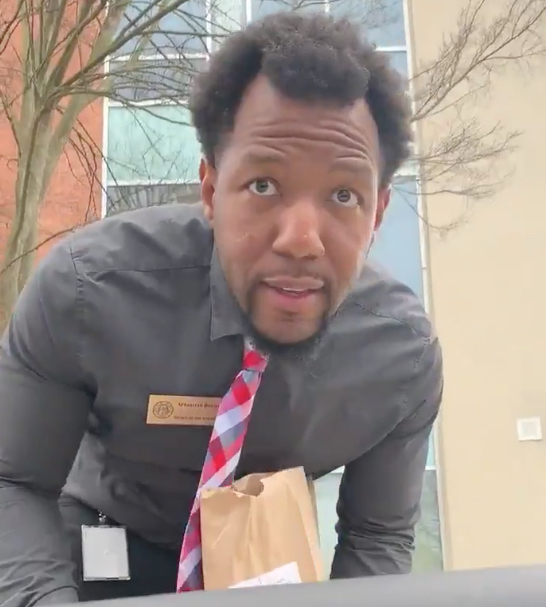
“When I was a boy and I would see scary things in the news,” Fred Rogers once said to his television viewers, “my mother would say to me, ‘Look for the helpers. You will always find people who are helping.’”
We don’t have to look far for the helpers in our communities right now. They are the nurses who are putting themselves in harm’s way to ensure no one goes without care, the teachers working late into the night to master new ways of providing instruction to make sure they are ready for their students the next day and the school leaders with the reassuring smiles making sure families get food in a time of need.



